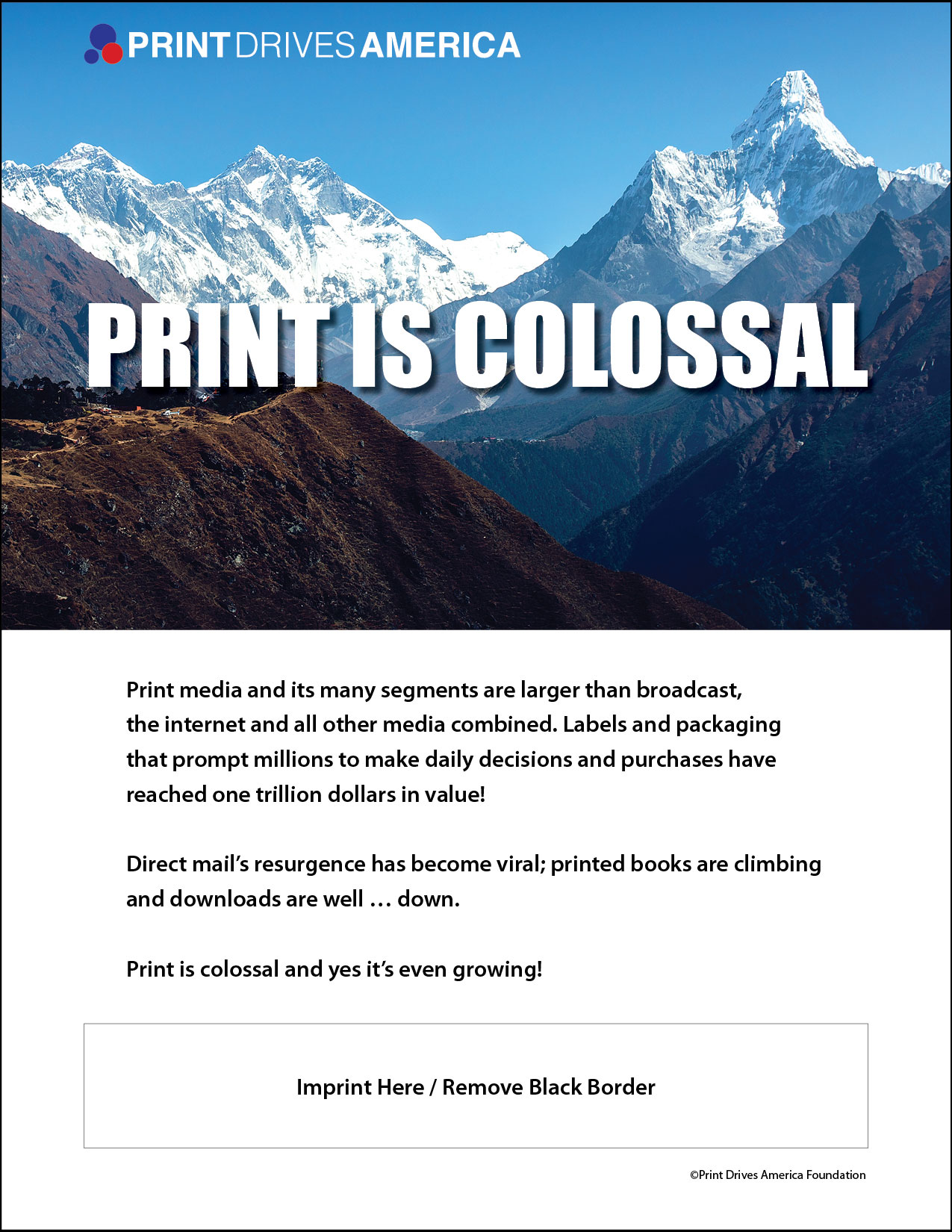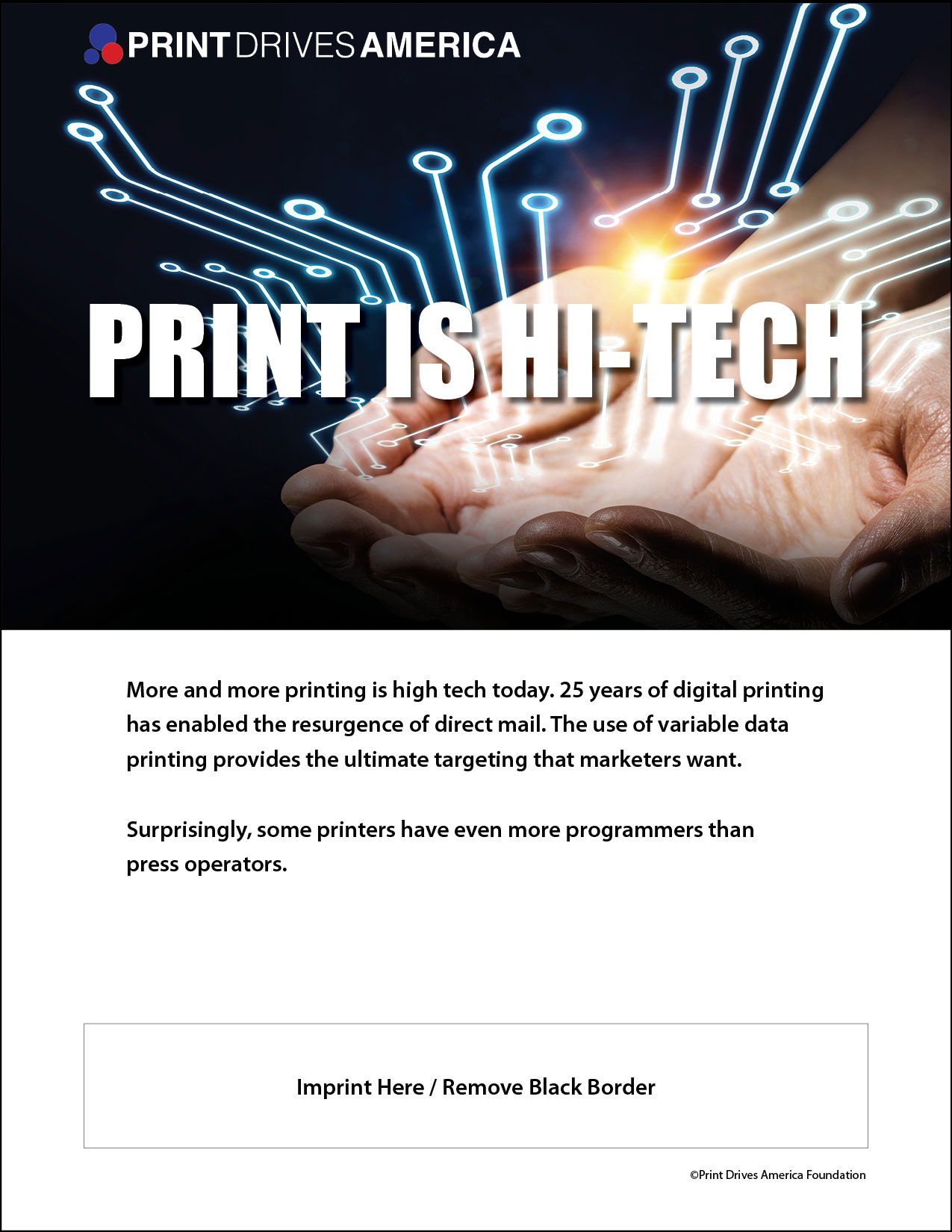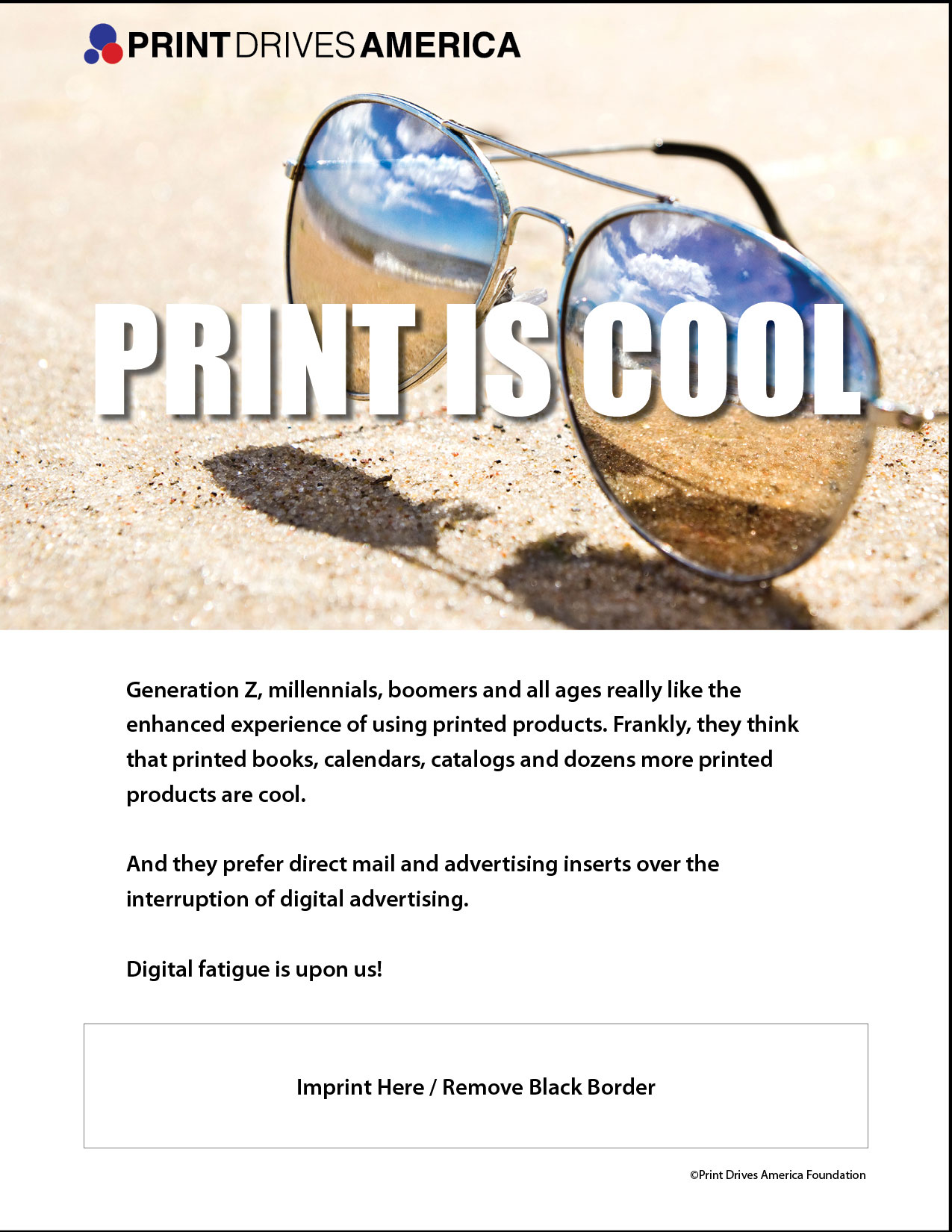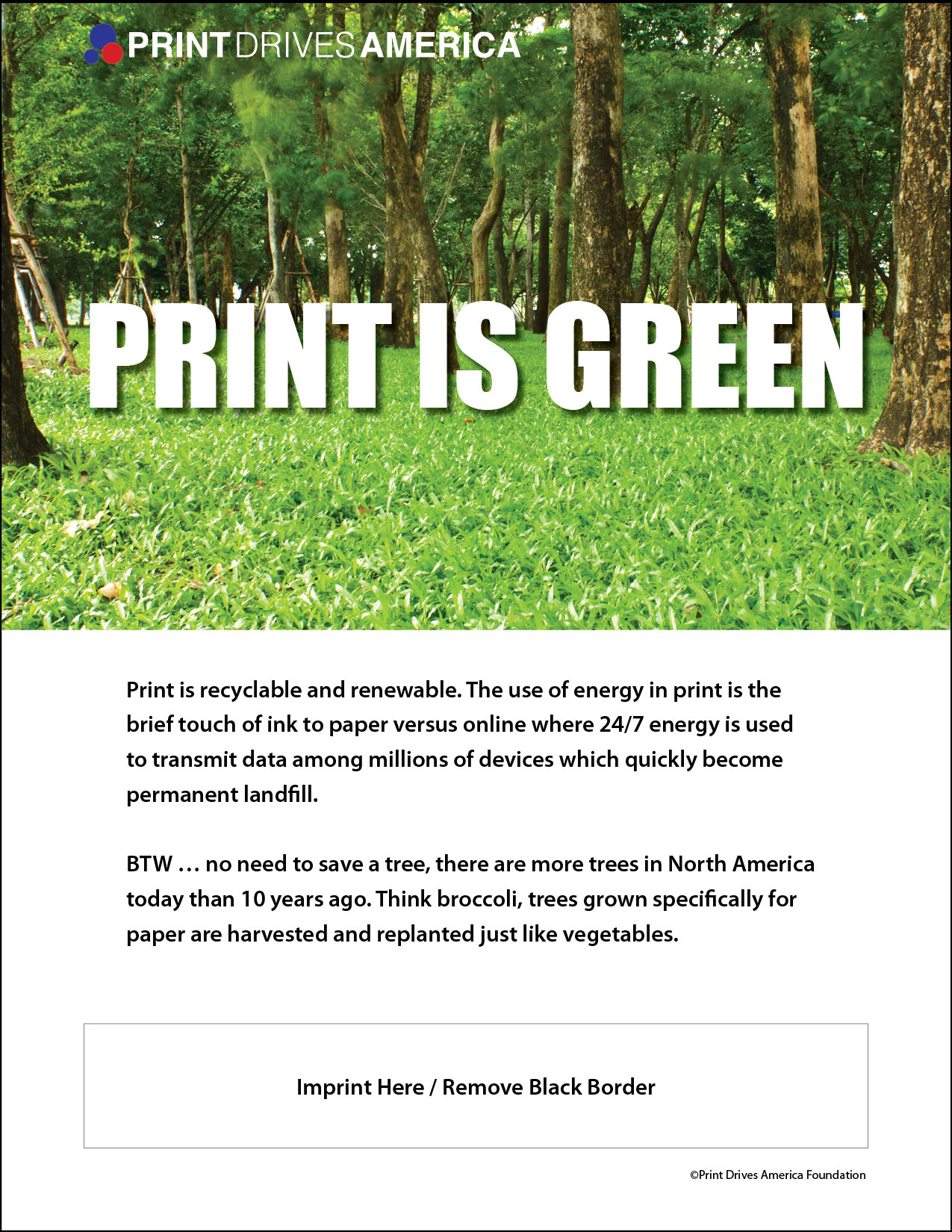Recently, the print and paper industry have had to battle big digital companies such as Google’s “Paperless 2013″ and Toshiba’s attempted “No Print Day” back in October of 2012. Printing Industries of America, Two Sides and other representatives of the print and paper industry have continuously stepped up to combat these marketing initiatives –ensuring that these digital companies do not continue to spread the myths about the environmental impact of print and paper. Today, we’re going to share with you a few myths about the print and paper industry and debunk them with the help of “The Value of Print” Flip Book from Printing Industries of America.
“Paper Kills Trees.”
No. The print and paper industry are one of the main reasons that in the U.S. there is 20 percent more tree coverage in American than there was on Earth Day in 1970. Because most trees used for the production of paper comes from tree farms and just as with any farmer, they continuously replant and sustain their ‘crop.’ Additionally, of the trees harvested for production, only 11 percent are used to create paper, while 53 percent are used for fuel and 28 percent are used as lumber.
“Digital is More Environmentally Friendly”
No. This is an extremely common misconception amongst many consumers. The simple truth is there are many facts regarding both industries that prove this to be an inaccurate statement. First, the print and paper industry use 60 percent recycled energy to produce their product and the industry’s product itself is recyclable and is produce from a renewable resource, trees. Conversely, digital products such as computers, tablets, phones and televisions are extremely toxic if they are not disposed of properly — and, every year, 50 to 80 percent of digital products are not disposed of in an environmentally friendly manner.
Finally, the amount of CO2 emitted from creating a CD are four times more than printing a one hundred page, four color book.
“Print is Not Green.”
This is also not accurate. Not only are digital presses both economoically efficient, they are also environmentally conscious as well. In fact, 97 percent of many digital presses are recyclable and items that are not recyclable can be repackaged and sent back to the manufacturer for proper disposal. Additionally, the ink used is non-toxic and produces less waste the traditional presses from the past. Finally, printed products are a renewable resource and with the number of people recycling their paper products increasing by 77 percent since 1990 more and more paper is reused.
Paper and print are not only recyclable and environmental conscious forms of communication, they are also effective forms of communication as well. Direct mail can be targeted and break through the mass amount of digital messages received daily by your intended audience. There is power in print and it will continue to be a powerful and effective way to communicate with your target audience.
Timothy Freeman
President
Print & Graphic Communications Association




